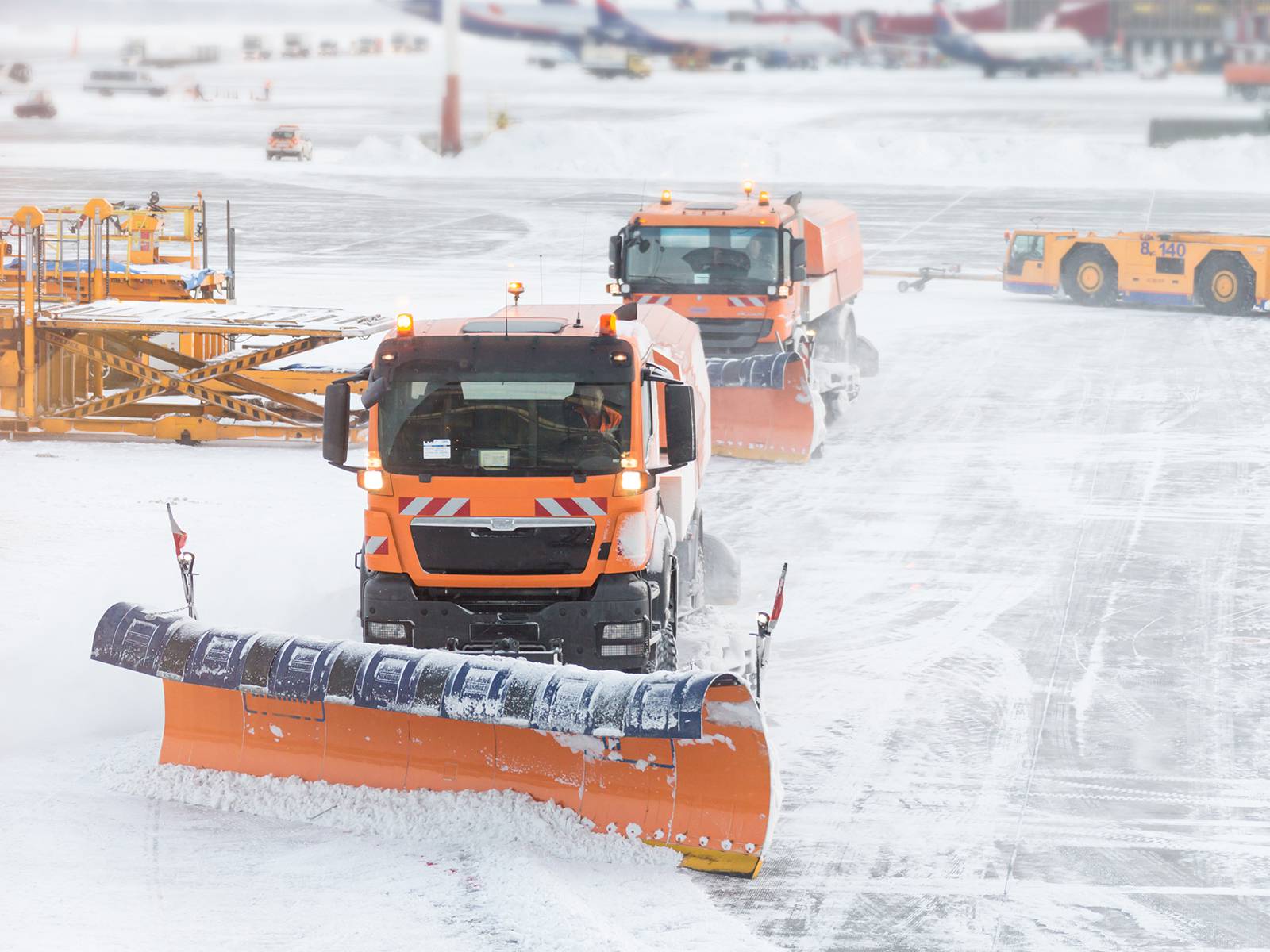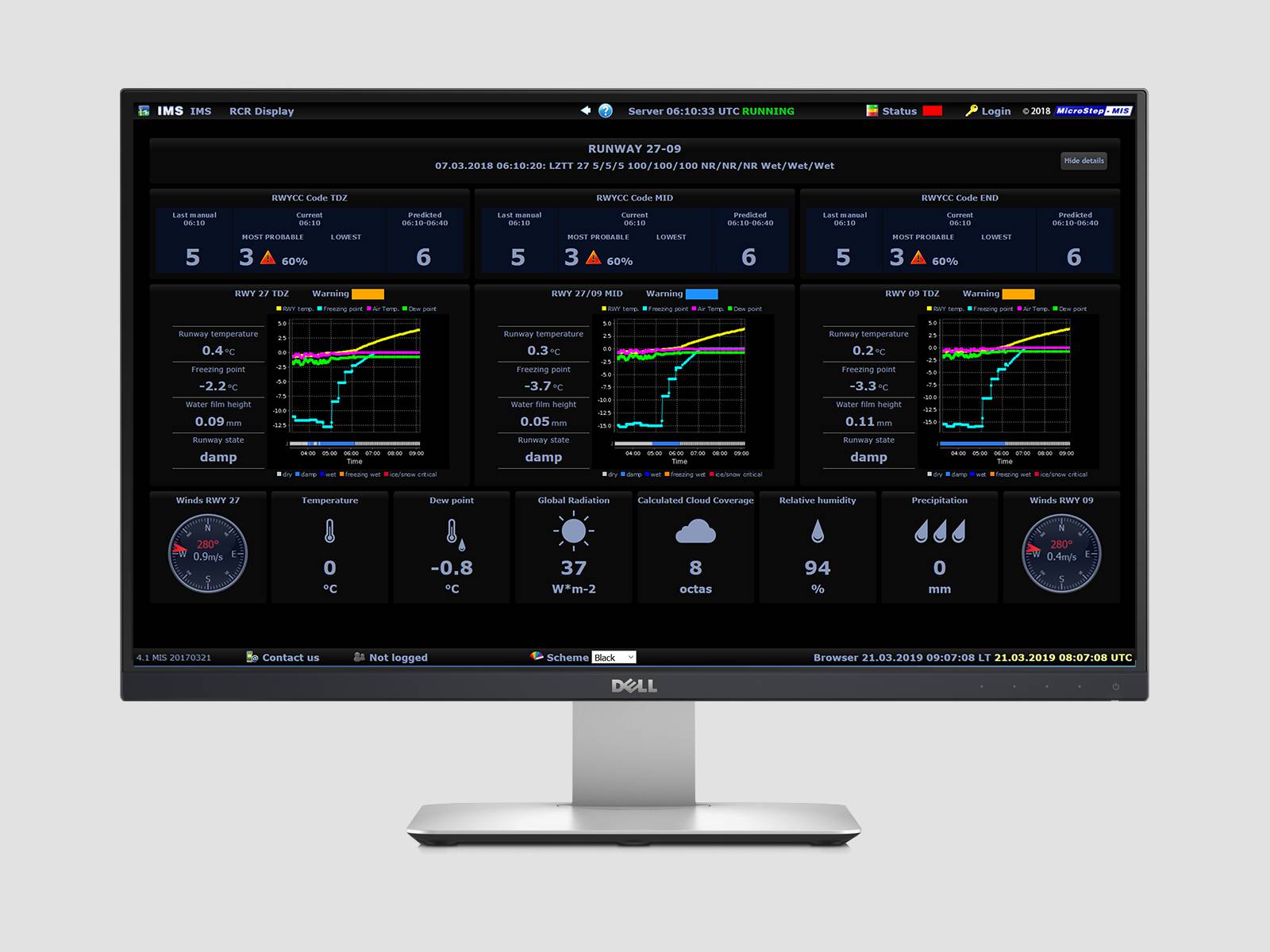ICAO revolution in reporting of the runway surface condition called Global Reporting Format (GRF) is going to become applicable from November 2020. A fundamental change lies in the introduction of Runway Condition Code (RWYCC). The RWYCC results from the assessed contaminant type, depth and coverage on each third of the runway and it also correlates with perceived braking action and lateral control of the airplane during landing roll. To cope with the whole scope of GRF summarized in Runway Condition Assessment Matrix, manual inspections of runway are required.
Nevertheless, automatic means of runway surface condition awareness represent a useful tool to optimize the number of runway inspections and to support decision making for runway maintenance and chemical treatment. The ARWIS represents such a decision support tool for the staff responsible for runway assessment and maintenance to enhance awareness of both, current and predicted runway condition. It has been improved within SESAR Solution Pj03b-06 “Safety Support tools for avoiding runway excursions”. The ARWIS aims at GRF implementation by integration and processing of various input data sources and calculation of RWYCC using rule-based algorithm, supplemented by data mining models. A dedicated HMI has also been developed to ensure continuous monitoring of the runway condition (both current and forecast), and to compose and disseminate relevant information contained in Runway Condition Report.
It has been strongly recommended to get prepared for significant change by testing operation prior to November 2020. Be prepared and let the ARWIS system support you!
Note: MicroStep-MIS is active member of EUROCAE WG-109 standardizing Runway Weather Information Systems.

